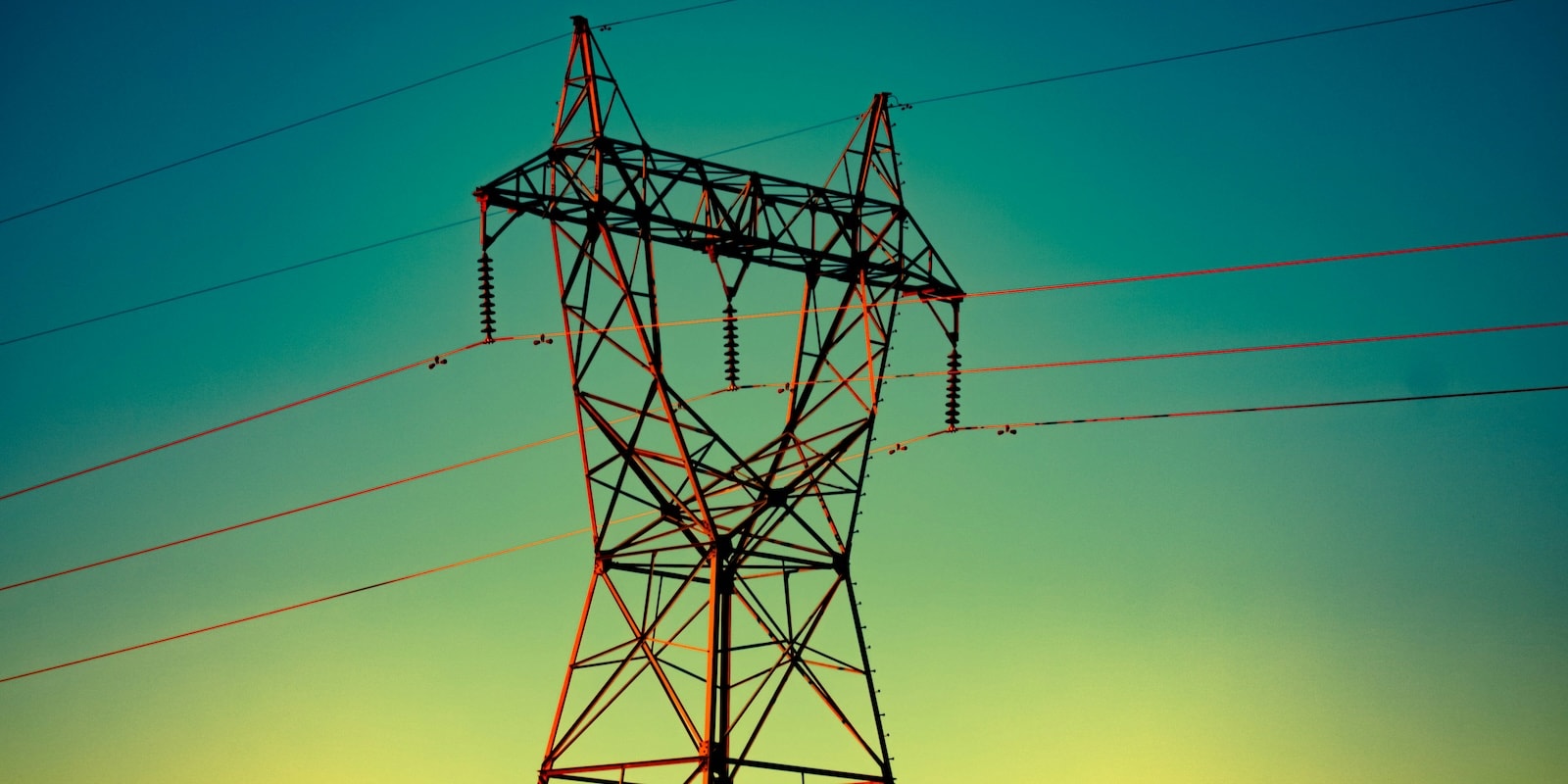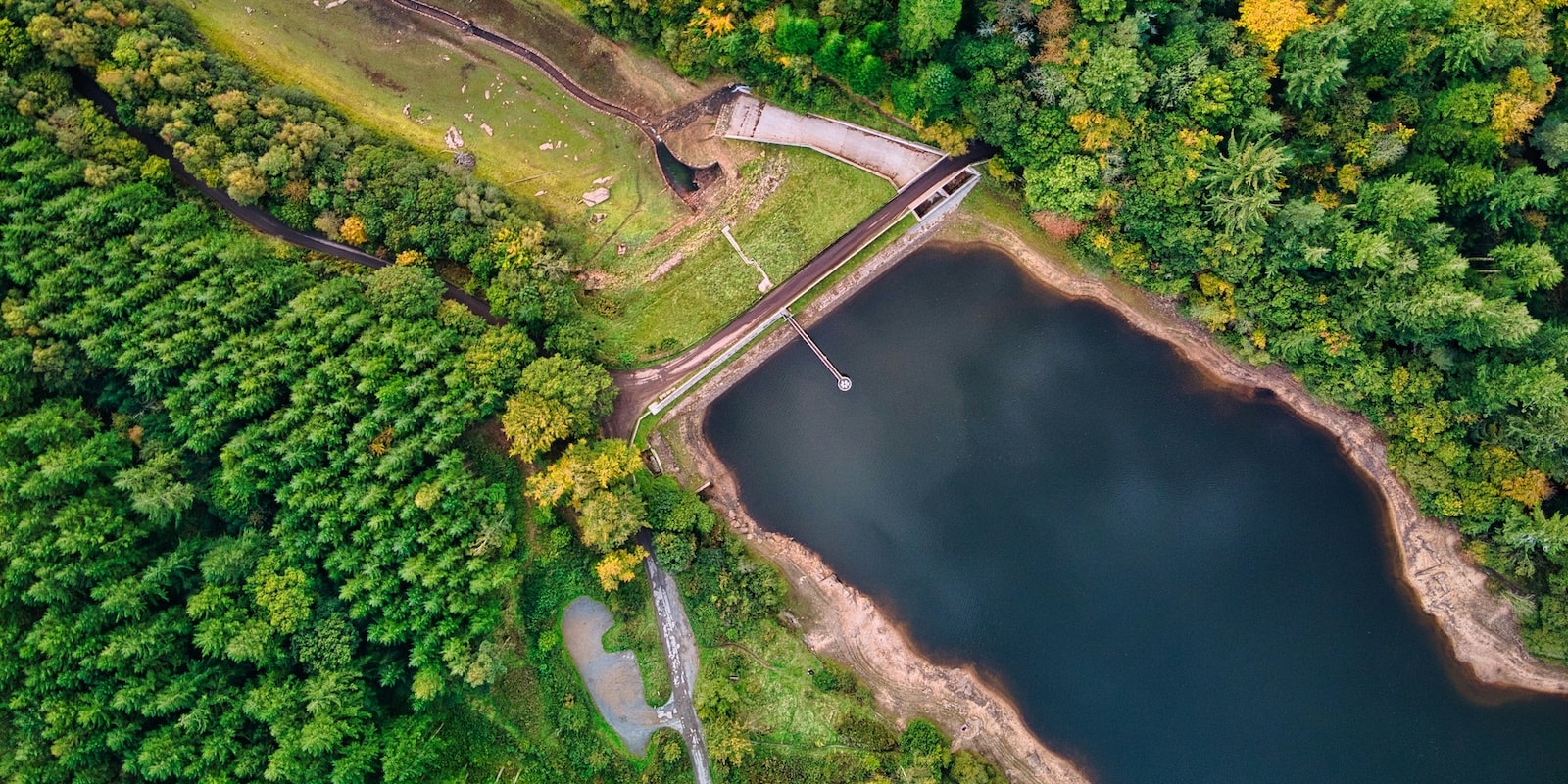Thursday, April 24, 2025
In 2018, a measurement buoy off the coast of New Zealand recorded a wave nearly 24 meters high—equivalent to the height of an eight-story building. It was the largest wave documented in the Southern Hemisphere. But what if we could harness the power of these waves to generate energy?
The rhythmic movement of the ocean’s waves may seem poetic, but it contains a largely untapped energy potential. Wave energy harnesses the motion of ocean waves to generate electricity through mechanical devices installed in the sea. These devices can float on the surface, be submerged underwater, or be integrated into coastal structures. The most common systems include floating buoys, oscillating water columns, and articulated platforms that convert the water’s motion into kinetic energy, which is then transformed into electricity through hydraulic or electromagnetic generators. One of the main advantages of wave energy is its consistency—waves are present 24/7, year-round, which makes energy generation stable and reliable. This stability positions wave energy as an inexhaustible and renewable resource with enormous potential.
The Intergovernmental Panel on Climate Change (IPCC) estimates that wave energy could generate up to 29,500 TWh annually. This figure is nearly ten times the total electricity consumption of Europe, and more than the total global electricity production in 2018. According to the International Energy Agency (IEA), the global potential for wave and tidal energy could reach 300 GW by 2050. The European Union has set a target of 40 GW of installed marine energy capacity by that year.
Waves in Spain
Europe is geographically positioned to benefit from wave energy, with Atlantic nations like Spain, France, and Ireland having the highest potential on the continent due to their exposure to strong ocean waves. This makes these countries key players in converting ocean wave power into a renewable, local energy source—especially in the context of accelerating decarbonization efforts. “Sea wave energy is the most concentrated energy source on the planet and arguably the most abundant,” says Iñigo Doria Elejoste, CEO of Arrecife Energy Systems, a Basque start-up specializing in renewable energy from waves.
Spain has been at the forefront of promoting wave energy technology, both in terms of innovation and real-world application. With over 8,000 kilometers of coastline that daily experience the power of thousands of waves, Spain is an ideal location for wave energy development. The launch of the Mutriku power plant in 2011, located in the Basque Country, marked a global milestone as the world’s first commercial plant generating electricity from wave power using oscillating water columns. With an installed capacity of 296 kW and an average annual production of 300 MWh, this plant is a prime example of integrating marine energy into coastal infrastructure.
Additionally, Spain leads the European Union in marine energy research and development facilities, including the Biscay Marine Energy Platform (BiMEP) in the Basque Country, the Energetic Institute of Galicia (INEGA) in Galicia, and the Oceanic Platform of the Canary Islands (PLOCAN). This is why it was no surprise that Bilbao hosted the 15th European Wave and Tidal Energy Conference in 2023, which surpassed expectations with nearly 400 confirmed participants. This conference has become a key event for both the scientific and business communities in the marine energy sector.
Spain has committed to a strategy that fosters new technologies in a sustainable, innovative, and maritime-compatible manner. The Offshore Wind and Marine Energy Roadmap, approved by the Ministry for Ecological Transition and the Demographic Challenge, aims to position Spain as a European leader in marine innovation. The roadmap focuses on consolidating the industrial and scientific base, as well as tapping into the potential of Spain’s coasts, particularly in floating offshore wind and wave energy. “We have the technology, expertise, and industry. We have interested companies, testing platforms, and resources,” says José Luis Villate, Director of Renewables and Thermal Efficiency at the Tecnalia technological center. The roadmap aims for a well-structured deployment that is respectful of the marine environment, while generating skilled jobs, local wealth, and technological leadership within the energy transition.
¿Te ha parecido interesante?





